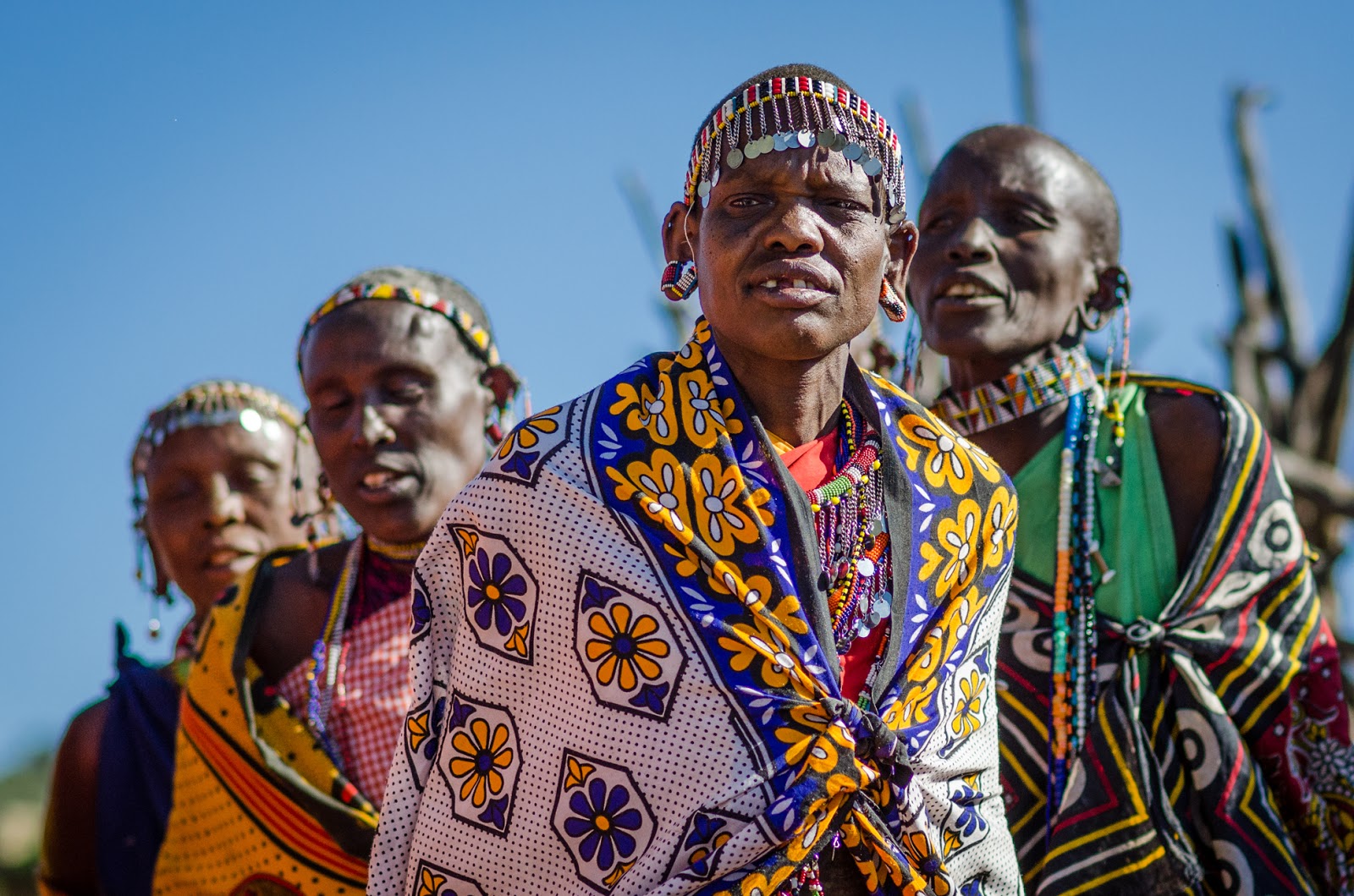Kenya, a land of breathtaking landscapes and rich biodiversity, is also home to a multitude of tribes, each with its own unique cultural heritage. The tribes from Kenya reflect the country's rich history, diverse languages, intricate customs, and vibrant traditions. Understanding these tribes is not only essential for appreciating the Kenyan identity but also for recognizing the broader spectrum of human culture and history. This article will delve into the various tribes of Kenya, exploring their traditions, social structures, and how they contribute to the nation's identity.
The significance of tribes in Kenya extends beyond mere cultural identity. These communities play a crucial role in the social, economic, and political fabric of the country. With over 40 different tribes, including the Kikuyu, Maasai, Luo, and many others, Kenya stands as a testament to the beauty of cultural diversity. Throughout this article, we will uncover the fascinating stories behind these tribes, their struggles, and their contributions to the rich tapestry of Kenyan society.
As we embark on this journey through the tribes from Kenya, we will also touch upon the principles of E-E-A-T (Expertise, Authoritativeness, Trustworthiness) and YMYL (Your Money or Your Life). This article aims to provide comprehensive, well-researched information that respects the rich traditions and histories of these communities. So, join us as we explore the vibrant world of Kenyan tribes!
Table of Contents
- Introduction to Kenyan Tribes
- Kikuyu Tribe
- Maasai Tribe
- Luo Tribe
- Kalenjin Tribe
- Meru Tribe
- Cultural Significance of Tribes
- Efforts to Preserve Tribal Cultures
- Conclusion
Introduction to Kenyan Tribes
Kenya is a country where diverse cultures converge, creating a mosaic of traditions and lifestyles. The tribes from Kenya are not just groups of people; they embody the stories, values, and histories of generations. Each tribe has its own language, customs, and social structure that contribute to the national identity.
Throughout the years, these tribes have faced various challenges, including modernization and globalization. However, they continue to thrive, adapting to changes while maintaining their cultural practices. By exploring the tribes from Kenya, we can gain a deeper understanding of the socio-cultural dynamics that shape the nation.
The Kikuyu Tribe
The Kikuyu tribe is the largest ethnic group in Kenya, making up about 22% of the country's population. Known for their agricultural prowess, the Kikuyu people have played a significant role in Kenya's economy. They primarily inhabit the central highlands, where they cultivate tea, coffee, and horticultural products.
Data and Biodata of the Kikuyu Tribe
| Data Point | Details |
|---|---|
| Population | Approximately 7 million |
| Language | Kikuyu (Gikuyu) |
| Location | Central Kenya |
| Traditional Occupation | Agriculture |
The Kikuyu have a rich cultural heritage characterized by their customs, music, and traditional attire. They are known for their intricate beadwork and weaving, which play a significant role in their cultural identity. Additionally, the Kikuyu have a strong connection to their land, viewing it as sacred and integral to their existence.
The Maasai Tribe
The Maasai tribe is one of the most iconic tribes in Africa, renowned for their distinct customs and semi-nomadic lifestyle. They primarily inhabit the southern regions of Kenya and northern Tanzania, living harmoniously with their cattle, which are central to their culture and livelihood.
Data and Biodata of the Maasai Tribe
| Data Point | Details |
|---|---|
| Population | Approximately 1.5 million |
| Language | Maasai |
| Location | Southern Kenya, Northern Tanzania |
| Traditional Occupation | Pastoralism |
The Maasai are celebrated for their vibrant beadwork, intricate jewelry, and traditional dances, which are integral to their cultural identity. Their famous jumping dance, known as "Adumu," is performed during ceremonies and showcases their strength and agility. Despite facing challenges from modern society, the Maasai continue to uphold their traditions and adapt to changes while preserving their cultural heritage.
The Luo Tribe
The Luo tribe is known for its rich cultural practices and is primarily located around Lake Victoria. They are recognized for their fishing skills, as well as their agricultural activities. The Luo language, Dholuo, is widely spoken among its people.
Data and Biodata of the Luo Tribe
| Data Point | Details |
|---|---|
| Population | Approximately 3 million |
| Language | Dholuo |
| Location | Western Kenya |
| Traditional Occupation | Fishing and Agriculture |
The Luo have a strong oral tradition, with storytelling being a vital part of their culture. They also celebrate various traditional ceremonies, including weddings and initiation rites, which are marked by vibrant music and dance. The Luo are known for their contributions to Kenya's political landscape, with several prominent leaders emerging from this community.
The Kalenjin Tribe
The Kalenjin tribe is well-known for its long-distance runners, who have excelled in international athletics. Predominantly found in the Rift Valley region, the Kalenjin have a rich cultural heritage that is closely tied to their pastoral lifestyle.
Data and Biodata of the Kalenjin Tribe
| Data Point | Details |
|---|---|
| Population | Approximately 5 million |
| Language | Kalenjin |
| Location | Rift Valley |
| Traditional Occupation | Pastoralism and Farming |
The Kalenjin are known for their unique rituals and ceremonies, which play a crucial role in their social structure. Traditional music and dance are integral to their culture, often performed during community gatherings and celebrations. The Kalenjin's success in athletics has brought international recognition to their community, showcasing their dedication and resilience.
The Meru Tribe
The Meru tribe is located on the eastern slopes of Mount Kenya and is known for its rich agricultural practices. They have a diverse culture characterized by their traditions, music, and art.
Data and Biodata of the Meru Tribe
| Data Point | Details |
|---|---|
| Population | Approximately 1.5 million |
| Language | Kimeru |
| Location | Eastern Kenya |
| Traditional Occupation |


